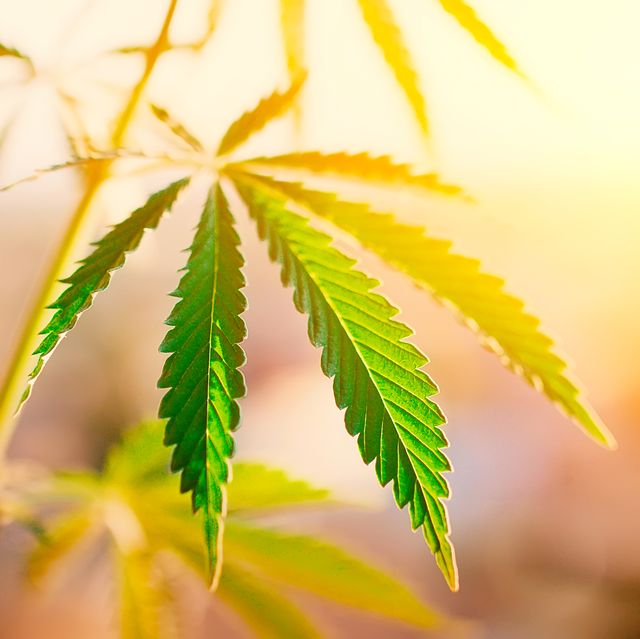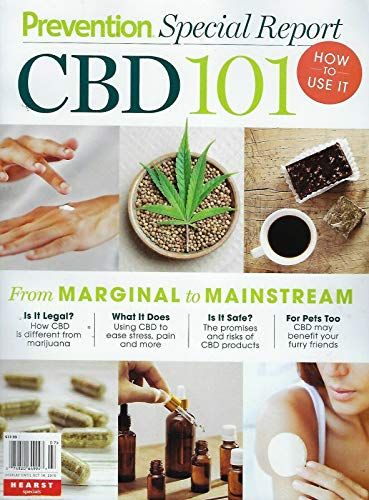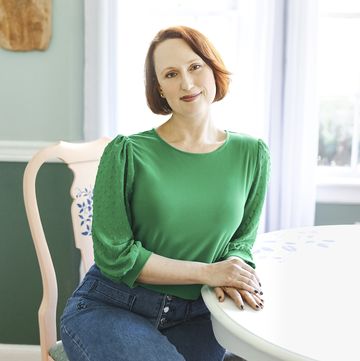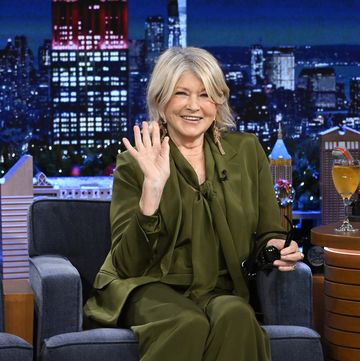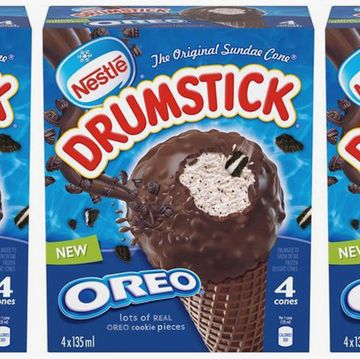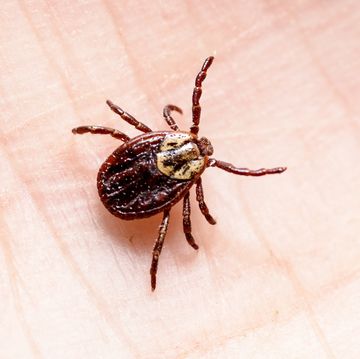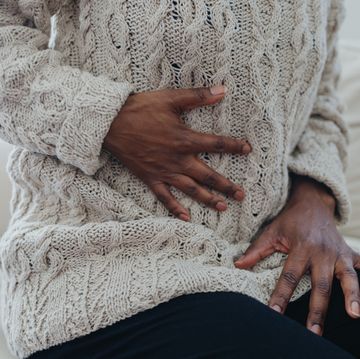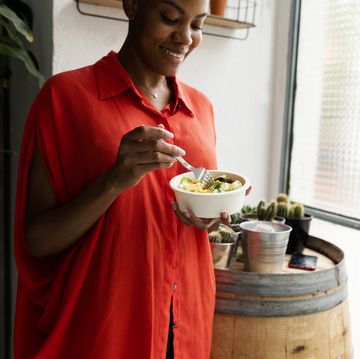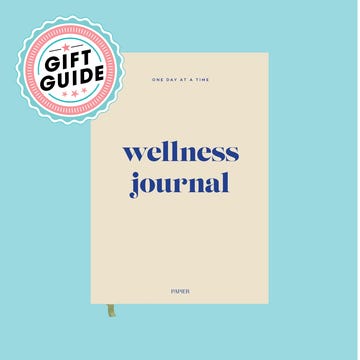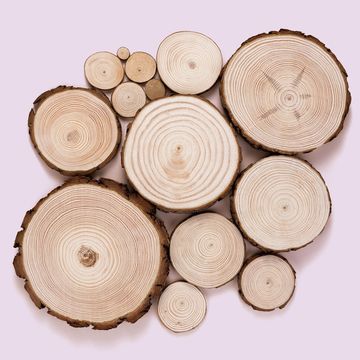As usage of CBD and medical cannabis becomes more common, so is the danger of people self-medicating with little to no advice from doctors. When nurse Eloise Theisen realized that her patients were going to pursue cannabis whether guided by medical professionals or not, she decided to help them find answers and to better protect them.
While working as an oncology nurse, Theisen found that many of her patients frequently approached her about adding cannabis to their regimen of pharmaceutical-grade drugs. She knew that cannabis was rarely offered as a treatment option in traditional medicine, but her patients had questions. Often, they had read a lot about its possible benefits on the internet, but wanted someone like Theisen to help negotiate the use of cannabis as a medicine.
“A patient told me how she had asked her doctor if she could use medical cannabis for her nausea while undergoing chemotherapy,” Theisen recalls. “When the doctor said no, the patient started buying it off the streets instead.” Theisen realized then that people were going to use cannabis with or without a clinician’s consent. “I decided that patients needed safe access to cannabis that can safely be incorporated into their current regimen.”
Theisen is committed to changing the stigma around CBD in health care professionals. As the incoming president for the American Cannabis Nurses’ Association (ACNA), she's furthering the mission to educate and collaborate with other healthcare professionals. She is recognized as one of the first health care professionals to bring a clinical dosing regimen to cannabis.
Understanding What Your Body Needs
Theisen has seen a lot change the industry in the last five years since she began recommending CBD. At first, there was very little guidance on dosages or delivery systems. She worked with a cannabis company to make cannabis oils more measurable. She began collecting data on dosages and responses to those dosages, which she says is the most effective way to determine cannabis dosing. She continues to pay attention to dosing as a way to minimize potential side effects and maximize benefits. Now a nurse practitioner, she has treated over 5,500 patients using cannabis. Her average patient is 76, female, and has never consumed cannabis before. Most visit Theisen for help with pain, sleep issues, anxiety, or depression.
In her practice, Theisen considers many factors for determining the correct cannabinoid dose for each condition she sees. She takes a holistic approach to her patients, gathering information about not only height and weight, socio-economic status, but also medical history, current medications and supplements, cannabis history, alcohol intake, and diet and exercise. After a thorough health history, Theisen considers the results. She prefers to start low and slow. Because cannabis varies from person to person, some can take one dose a day and others may need a dose every four hours. “I like patients to be engaged in their care. It’s helpful when they record their experience. The more information a patient collects, the more it can inform me on how to guide their cannabis dose.”
Delivery systems are also highly individualized. An individual’s condition influences the route of administration. For example, someone suffering from extreme intermittent pain or anxiety will benefit from inhalation, Theisen has found, since it is fast, predictable and easy to control. Theisen says other methods, such as transdermal patches and nasal administration, are less commonly used but may create similar outcomes. “These absorb directly into the bloodstream, which decreases potential for drug-drug interactions and side effects.”
Theisen says the popularity of CBD in recent years proves a need for better monitoring. “For too long, health care professionals have been uninvolved in cannabis as a medicine,” she says. Patients’ use and knowledge of cannabis has far outpaced health care professionals’ knowledge and acceptance, resulting in self-medicating. With the right tools, we can improve outcomes, decrease side effects, and avoid reactions with other drugs.”
The How-Tos of Dosing CBD
The key concept with CBD dosage recommendations is that there is no one-size-fits-all. (You can learn more about types of CBD and dosages at Hello MD, also a retailer.) Because of our complex endocannabinoid system—which is not even fully understood yet—two people can have drastically different reactions to the same dosage. Users should discuss their unique situation with their doctor. Once you’re ready to determine the correct dose, this is the typical strategy for getting it right.
- Start with the lowest dose recommended on the product. Be on alert for any allergic reaction.
- Double the starting dose after the first month. During this phase, it should become apparent whether CBD is helpful or not.
- If results still aren’t optimal, spread the dose throughout the day.
- If there are still no noticeable changes, slowly increase the dose until it’s working.
- Throughout the process, keep a detailed journal of dosages and how they affect the body. As always discuss the results with a doctor.
Excerpted from CBD 101, a Prevention Special Report, on sale now.
Like what you just read? You’ll love our magazine! Go here to subscribe. Don’t miss a thing by downloading Apple News here and following Prevention. Oh, and we’re on Instagram too.
